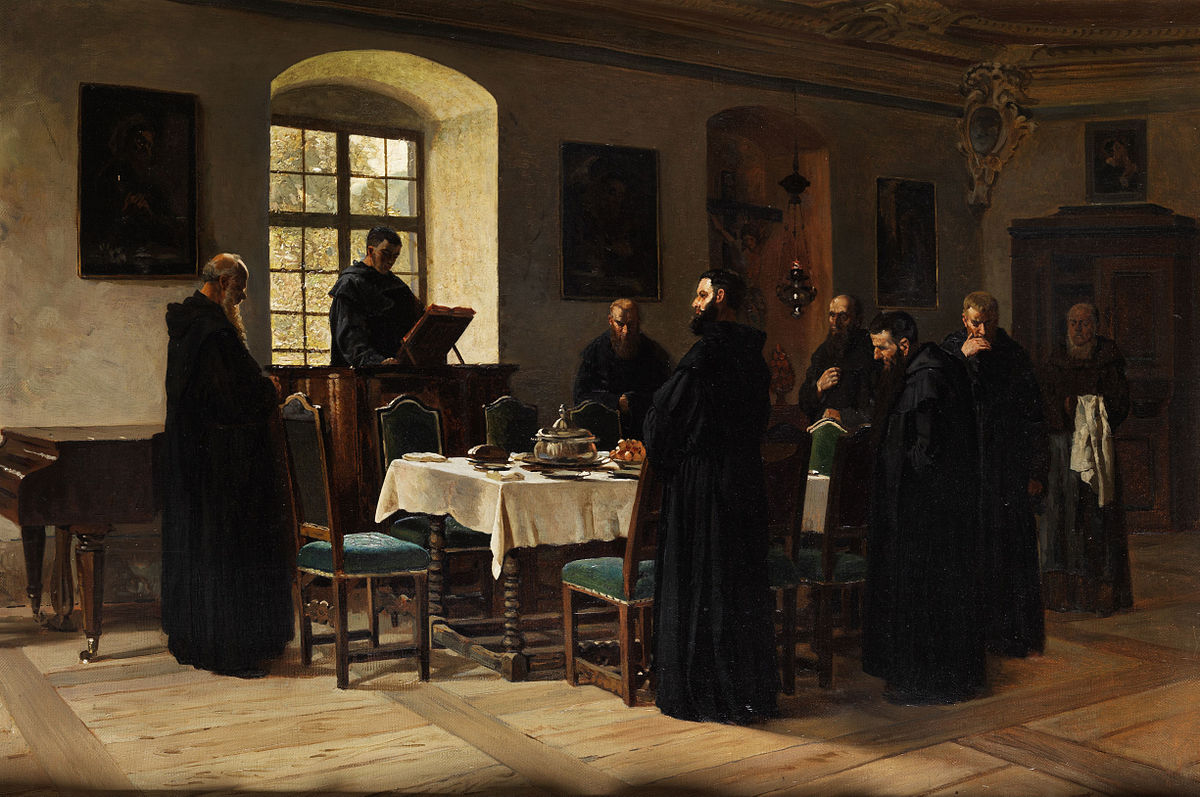 The same position applies when utilising the means to attain Heaven. Aseity leads us to certain legitimate and judicious submissions, such as the relationship between certain souls. We will refer to this metaphorically as the relationship between a planet and its satellite.
The same position applies when utilising the means to attain Heaven. Aseity leads us to certain legitimate and judicious submissions, such as the relationship between certain souls. We will refer to this metaphorically as the relationship between a planet and its satellite.
The idea of this relationship cannot be limited to an outdated vision, prevalent in a certain milieu, that limits the idea of one’s superior to a member of the clergy who, through sermons or spiritual counsel, guides the faithful— and all whom are on an equal footing.
 There is an easy way to correct this view. On the one hand, the above is partly true, but, on the other, it is also true that the members of the faithful can guide and help each other, under the doctrinal and official direction of the clergy, to attain Heaven. God gave certain souls the mission of elevating and guiding other souls. It is not an official or juridical mission, but nevertheless it is a very real one that plays an immense role in the lives of souls. This mission develops through a “planet-satellite” relationship.
There is an easy way to correct this view. On the one hand, the above is partly true, but, on the other, it is also true that the members of the faithful can guide and help each other, under the doctrinal and official direction of the clergy, to attain Heaven. God gave certain souls the mission of elevating and guiding other souls. It is not an official or juridical mission, but nevertheless it is a very real one that plays an immense role in the lives of souls. This mission develops through a “planet-satellite” relationship.
This “planet-satellite” mission leads in turn to a veritable interplay of submissions, because the “satellite” soul understands he can only fulfill his mission by being submissive to the influence, advice, and authority of the “planet”.
 In this way, he walks on the right path. For the “satellite”, true aseity is practised when he accepts the authority or influence of the “planet”, just as in the case of the ship captain. To cross that ocean he must enter the right ship and accept the right captain. If he refuses, he plays the role of the fool screaming without purpose on the beach.
In this way, he walks on the right path. For the “satellite”, true aseity is practised when he accepts the authority or influence of the “planet”, just as in the case of the ship captain. To cross that ocean he must enter the right ship and accept the right captain. If he refuses, he plays the role of the fool screaming without purpose on the beach.
Thus, the interplay between “planets and satellites” fits with the idea of aseity. He who knows how to obey those he should obey has true aseity. Obedience is a true manifestation of legitimate aseity.
The Christian Institution of the Family: A Dynamic Force to Regenerate Society, by Tradition, Family, Property Association. Pgs. 51-53.






